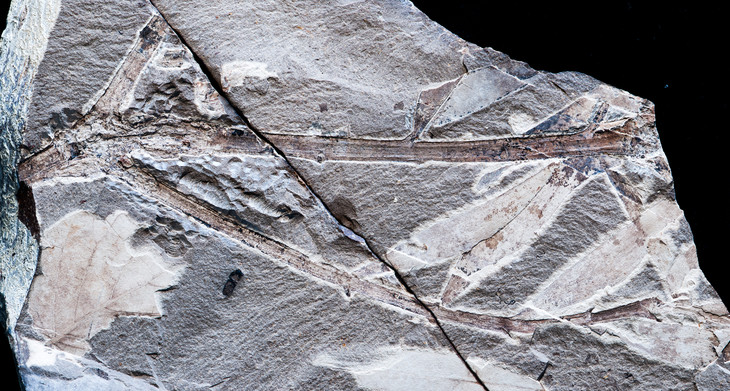Fossils of Ancient Australasian Trees Found in Patagonia

In Patagonia, at the southern end of South America, scientists have discovered 52.2-million-year-old fossils of a giant evergreen tree that now is only found thousands of miles away in Australia and Asia.
Coniferous trees in the genus Agathis, which are sought after for their soft wood, have thick trunks and can grow up to 200 feet (60 meters) tall. Today they live in mountainous rainforests from Sumatra to New Zealand. But the discovery of fossilized Agathis leaves, branches and cones in the rich deposits at Argentina's Laguna del Hunco suggests the tree covered much more ground in prehistoric times.
"These spectacular fossils reveal that Agathis is old and had a huge range that no one knew about — from Australia to South America across Antarctica," Peter Wilf, a professor of geoscience at Penn State, said in a statement. [In Photos: Fossil Forest in the Canadian Arctic]
Wilf added that fossils of the tree had previously been uncovered in Australia and New Zealand, where it still lives today.
"However, Agathis fossils have never been found anywhere else until now, and they have never been as complete as these," Wilf said.
The new fossils date back to a time when the landmasses of Australia, Antarctica, South America and Africa were joined in the southern supercontinent Gondwana. Wilf suspects Agathis was spread throughout Australia, Antarctica and South America at the time, but ultimately only survived in Australia and eventually dispersed north to Southeast Asia.
"Climate change in Antarctica — the cold and ice — killed them there, and a change to seasonal dryness in southern South America put an end to them in Patagonia," Wilf explained in a statement.
Get the world’s most fascinating discoveries delivered straight to your inbox.
Though Agathis adapted its range in response to past pressures, Wilf said it's not clear whether the tree will be able to respond to the more rapid human-induced threats from climate change and activities like deforestation and selective logging.
The layers of volanic ash and lake sediments at Laguna del Hunco have turned up some other amazing ancient plants, including a fossilized tomatillo and the remains of eucalyptus buds and flowers.
The new finds was detailed in the American Journal of Botany.
Follow Megan Gannon on Twitter and Google+. Follow us @livescience, Facebook & Google+. Original article on LiveScience.



